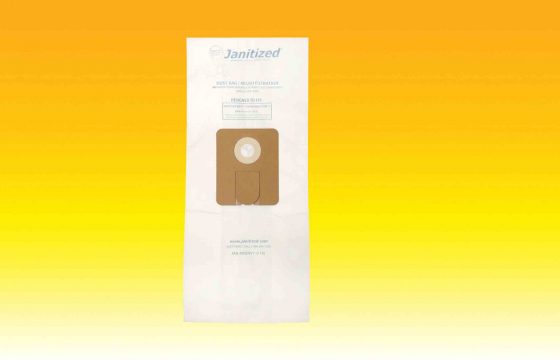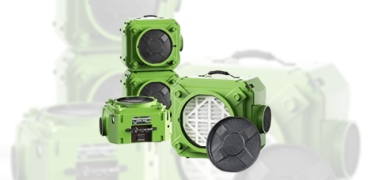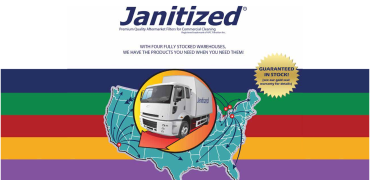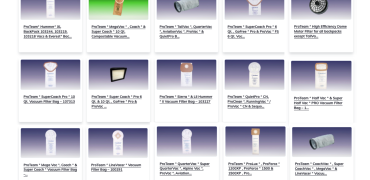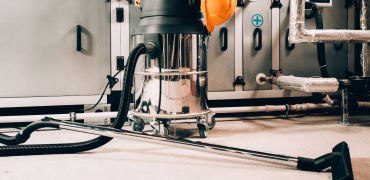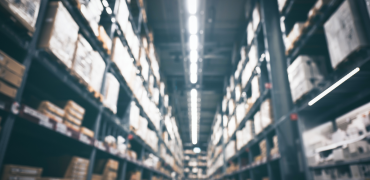The right vacuum bags are essential to the performance of your vacuum equipment and the success of your cleaning business.
There are many options for you to consider when choosing vacuum bags and filters. Aftermarket filters offer distinct advantages over original equipment manufacturer (OEM) filters. Many business owners think OEM filters are their only choice – however, aftermarket filters can offer higher quality at a lower cost.
Knowing the difference between the two gives you the resources you need to maximize your cleaning equipment’s performance and provide better service to your clients.
OEM and Aftermarket Filters
Original manufacturer equipment filters are those that are originally included in a piece of equipment and sold separately by the same manufacturer.
OEM filters are factory original parts that are designed to be used with a specific vacuum cleaner brand – however, aftermarket filters can also be designed for specific brands.
Aftermarket filters are those that are offered by other manufacturers but have been designed to be compatible with another vacuum cleaner, or to be used with a specific vacuum cleaner brand.
OEM and aftermarket filters can be used by your cleaning company, but understanding their differences ensures that you choose the right one for your needs.
OEM and Aftermarket Differences
The biggest factor to consider when choosing between OEM and aftermarket vacuum bags and filters is their cost.
OEM filters typically cost more, as many carry the brand name of the manufacturer of a given piece of cleaning equipment. These can be up to 60 percent higher in cost than aftermarket filters, simply because of the brand name. Supply chain and other factors contribute to this cost.
Aftermarket filters typically have a wider price range, as purchasers may have more options to choose from while still retaining a high quality product.
Quality Considerations
The materials used to manufacturer OEM and aftermarket filters can also differ. This often occurs as a result of the availability of certain materials or protected patents that manufacturers may hold.
The filter’s performance may also be rated according to their ability to remove certain contaminants.
Although both OEM and aftermarket filters and bags may be rated, it’s important to determine whether or not the products you’re considering purchasing meet the standard of your organization or industry.
Choosing the right vacuum bags and filters for your needs is essential to the success of your cleaning business.
Although brand name products may appear to be the best option, aftermarket filters can provide the same or more benefits at a reduced cost.
Determining the right type and size for your equipment is the first step to choosing the right filters and bags.
Understanding the benefits of aftermarket vacuum filters and bags can help you to get the most out of your investment, offer greater value to your clients, and increase the lifespan of your cleaning equipment.

